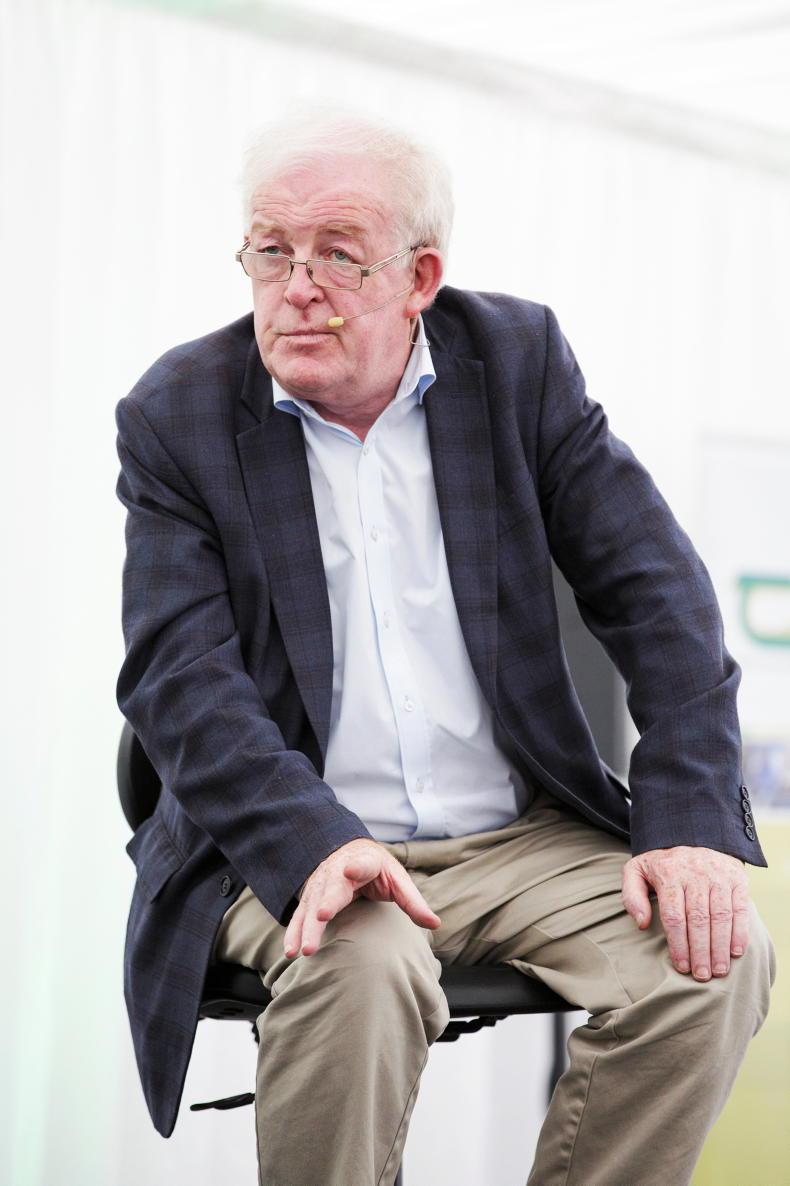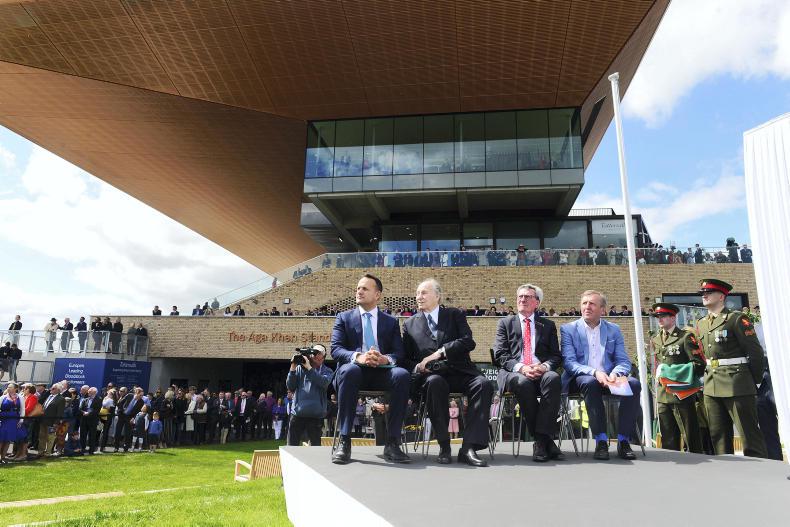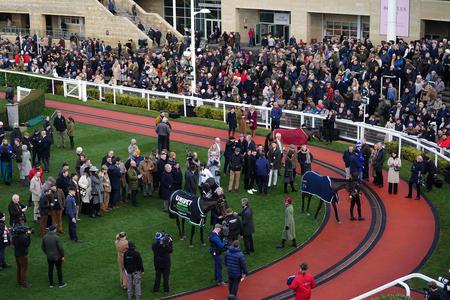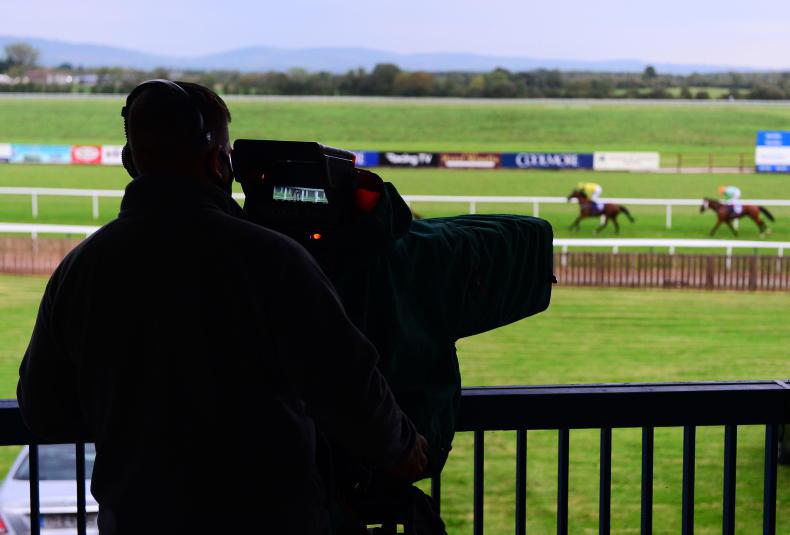THE row over broadcast revenues following the breakaway by five racecourses from the HRI-approved deal had to fight for coverage last week with the publication by the Football Association of Ireland [FAI] of its €863 million wish-list for state funding.
It is an intriguing document, not least for what stays undisclosed. When their games are broadcast live by RTÉ the Irish soccer clubs receive nothing at all, zilch, nada. If the five aggrieved racecourses feel hard done by on broadcast income, they should be thankful they are not running Bohemians, Shamrock Rovers or Shelbourne.
The television contract is negotiated centrally by the FAI and is believed to deliver about €6-€7 million per annum, a figure not disclosed in the accounts, lumped in with ‘commercial income’ which would include shirt sponsorship and perimeter advertising for the international teams. How much of this relates to League of Ireland games is anybody’s guess.
Since the big audiences are for internationals it may not be much. But Virgin has also begun to cover some live games, RTÉ has increased its coverage and TG4 broadcasts matches from the Women’s National League. The clubs receive not a red cent and are not told what the FAI receives. The HRI is a model of accountability by comparison.
Executives at two of the Dublin clubs, who often welcome up to 5,000 people at the gate, believe that attendances are affected when a game is live on television. “It knocks 500 to 1,000 off the crowd,” according to one, which ignores an obvious offset. Shirt sponsorship must be more valuable if games are televised, but the clubs have every reason to feel short-changed. Most are struggling financially and will be aware that zero broadcast income for domestic matches is unusual in European club football.
According to Deloitte, broadcast revenue is the dominant income source for the bigger clubs, roughly double what they earn on match-days. Some European clubs earn almost 40% of total revenue from broadcast rights.
Employment
The Irish clubs will be aware that the FAI employs 200 people, five times the figure at Rovers, the biggest domestic club. The John Delaney episode has left its mark on the FAI’s balance sheet, despite an injection of funds from the sports minister and a debt reduction deal with the Bank of Ireland.
The recurring spend at the FAI appears to be at the expense of the clubs and it is surprising that the Department of Sport has not sought payroll economies.
The headline takeaway from the FAI’s report was the breakdown of the funding demand. Of the €863 million, 60% is to come from central Government, 20% from local authorities, the remaining 20% from unidentified benefactors and none from economies at the FAI. Most of the money would go on facilities, including stadium improvements for each of the 20 League of Ireland clubs, one for everybody in the audience.
The bigger clubs would eventually be endowed with stadiums to seat 20,000 spectators, roughly four times the average gate at the more popular clubs. The costings for stadium upgrading are not based on actual figures from England, where a large number of smaller modern stadiums have been built on greenfield sites in recent times. The cost figures in England, where construction tends to be cheaper than in Ireland, are readily available and seem higher than the FAI’s numbers.
Ground-sharing
They also share grounds in England. Many of the new small stadiums host both soccer and rugby league teams, occasionally rugby union. Some of them also host the women’s or under-21 teams from nearby top-division clubs and these attract decent crowds. The best ground in the League of Ireland is at Tallaght, owned by South Dublin County Council, where the anchor tenants are Shamrock Rovers. Both the women’s and under-21 international teams also use Tallaght and there would have been 35 or more match-days last year and Rovers had a good run in Europe. The typical League of Ireland ground hosts only 18 home games per season, with possibly a couple of cup matches.
A new stand at Tallaght is due to open, completing the arena to a capacity of 10,500. It would have to be demolished, along with the rest of the stands, shortly after the concrete sets, if a 20,000 seat facility is to be built for the Hoops, the most likely candidate for the FAI’s 20,000-seat vision. As would Turner’s Cross, home of Cork City, the second-best stadium in the League.
There is not enough room to go to 20,000 at either venue, even if you think extra capacity will ever be needed. Turner’s Cross is a few 100m from Musgrave Park, used by the Munster rugby team for some of their games. Both these venues have had serious money spent in recent years. Why both?
On Dublin’s north-side Bohemians play at Dalymount, Shelbourne at nearby Tolka Park. These dilapidated venues are 2km apart, crowds are restricted to around 4,000 by the safety people and both are owned by Dublin City Council. The clubs often sell out the restricted capacity and would like to have a new stadium, paid for by the state.
These are successful clubs and both would be candidates for the FAI’s 20,000 capacity ambition. I doubt that a 20,000-seat stadium would fit on either site but have not done a feasibility study. Nor has the FAI. The assistant Dublin city manager, Dick Shakespeare, has insisted that the 2km distance is so short that he will not go along with redeveloping both. Since the council is the owner, Mr. Shakespeare’s opinion might have merited a mention in the FAI’s report.
The correct response from Government to this document would be a proper review of what is affordable for domestic soccer, including ground-sharing. A contingent of FAI officials will have accompanied the under-21 team to the Bloomfield stadium in Tel Aviv last year and will surely have learned that three Israeli clubs share the facility, owned by the city council. Bloomfield had 70 match-days in 2022.
Colm McCarthy is an Economics lecturer in UCD and a regular commentator on public finances in Irish media. In 2009 he chaired the Special Group on Public Service Numbers and Expenditure Programmes, known as ‘An Bord Snip Nua’. He has worked for the Economic and Social Research Institute and the Central Bank of Ireland.




 This is a subscriber-only article
This is a subscriber-only article
 It looks like you're browsing in private mode
It looks like you're browsing in private mode










SHARING OPTIONS: